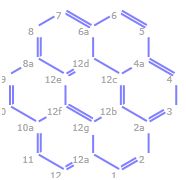This blog is dictated
On Thursday I shall vote in the general election. I have voted in every election that I have been able to and I think this is the most important of all. Because the future of democracy is in the balance. It is easy to show that whichever party “wins” the election it will have a small minority of the popular vote. It is because all aspects of our life, including science, in this country are affected by this election that I think it is a suitable topic for the blog.
Science has already been seriously affected by the misconduct and the miscalculation of those that we have elected to run the country. The scandal of the MP’s expenses has been the most obvious but more seriously I hold them guilty of not having taken the basic steps necessary to run any organisation let alone the country. It is clear to anyone educated in science and indeed in any practicalities in the real world that the continued attempts to create wealth out of nothing could not possibly continue. The only reason, I think, that people did not raise an alarm is that they trusted the government to be sensible. We must recall that the country is not just governed by politicians but a very large number of professional civil servants whose job it is to foresee the immediate future and to advise politicians. Likewise it is the responsibility of politicians to heed the warnings from their civil servants.
There were voices, such as Will Hutton and satirists, who pointed out that the situation could not last. The politicians did not listen and our country has suffered severe economic setback that we’re only just starting to appreciate. It is not the politicians who suffer, it is the ordinary people including those who had hoped to be in positions of service to the country and now find that funding is reduced; pensions are cut and the value of savings as drastically fallen. And yet the absurdity will continue; the bankers will still move money around in ways that violates all normal conservation laws. It seems clear that the main way that they generate money is by removing it from us. Wealth generation is through making things and providing useful services, and this is one of the primary effects of investing in science. Yet even before we have had the election the government has savagely slashed the education and research projects in this country.
As is clear to everyone all parties vie for the central ground. There is nothing to choose between them. None have produced a radical programme of reform. So what will my vote show?
It is highly likely that the result of the election will be to show that no party has a mandate and that the country has no confidence in the political process. The test for the country will then be how this problem is resolved. The absurdity of a party having the lowest percentage of the vote and the largest number of seats can surely not be allowed to continue. The British people are not highly demonstrative but I suspect that the ill feeling with an unrepresentative government will be sufficient to make the country ungovernable by the elected representatives.
This is a highly dangerous situation. The country has no written constitution and problems such as this are typically resolved in the Clubs of London and other institutions of the establishment. It’s the sort of situation where dictators with charisma and a message can rise and although this country has not had a typical dictator for several hundred years there is nothing to say it cannot happen again. Conventional parliament has shown itself to be essentially useless and toothless in the democratic process. It happens that one of our candidates worked in our group in the Unilever centre, and I am sure that he will make a good attempt to to be a committed and responsible MP. But the Blair government has shown that a presidential style can overall the democratic process. A single person with a sufficiently monomanic vision can take the country to war, despite two million demonstrators on the streets. I see no sign that this will change and I fear for our democracy.
The only way of hope has been in the development of greater communication to and from the people through the electronic medium. Examples of this includes the democratic tools developed by My Society including They Work For You, What Do They Know and similar sites. Across the world web democracy continues to promote the voice of the people and to give almost instant messages to the politicians. Europe is particularly concerned about the neutrality of the net and there are groups in all countries which actively lobby for the freedom of expression as a universal human right. And yet our elected representatives do not listen.
How will this be resolved? My worry is that it will not and that we will slide in to a quasi totalitarian government which makes its own decisions without effective responsibility. During this process there will be outrage in disconnected outbreaks but unsufficiently coordinated that they will not change this apathetic and spineless system.
How am I going to vote? All I know at the moment is that I will dress up for the occasion as I always do. If there were a candidate for the Official Monster Raving Loony Party I would seriously consider giving them my vote. Since I believe it is irresponsible to vote for any of the major parties (since there is no possibility that they will correct the process of government) I think it is more productive to show that we actively must change the system rather than to vote for a mainstream party. There will be a mess anyway after the election and we might as well show that we have deliberately voted for a mess rather than to create one by inaction. How the mess will be sorted out I wish I knew and I seriously fear for the process.
This blog carries little or no weight in the world in general. However I have raised both the values of word democracy and the problems of the current political process before. I have campaigned for word neutrality and I have promoted organs of democracy. I shall continue to do so. I hope that there is sufficient message from the British blogosphere that it becomes clear that there must be political action for change. We need a visionary, but not a dictator, to outline what this could be and lead us through the process. I doubt it will happen.
And the British people will have lost the general election.
The dictation is still not perfect and it’s harder to spot “typos” [what’s the name for a spoken typo?]


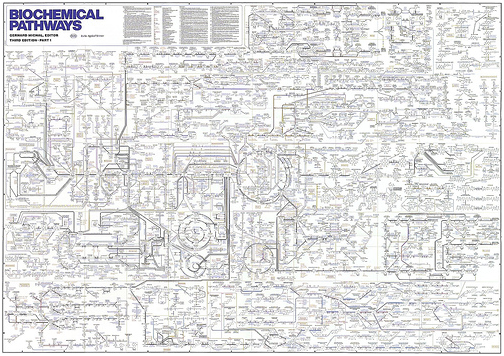
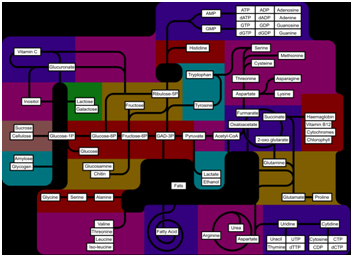
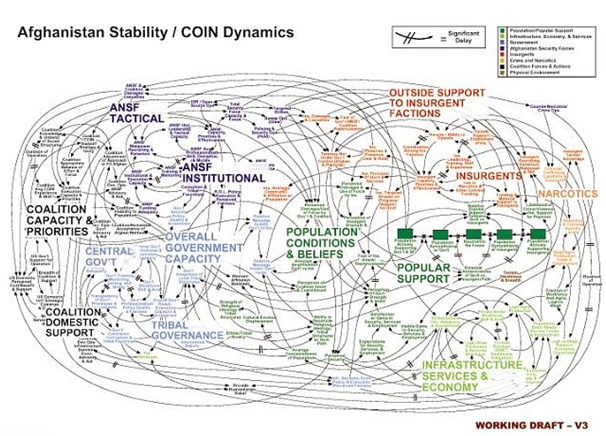
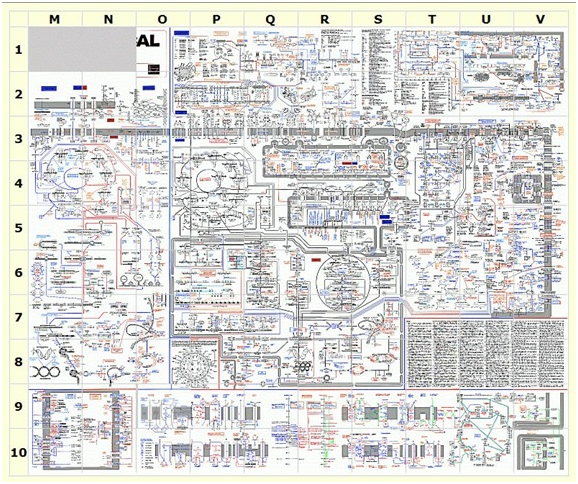
 (benzene)
(benzene)
